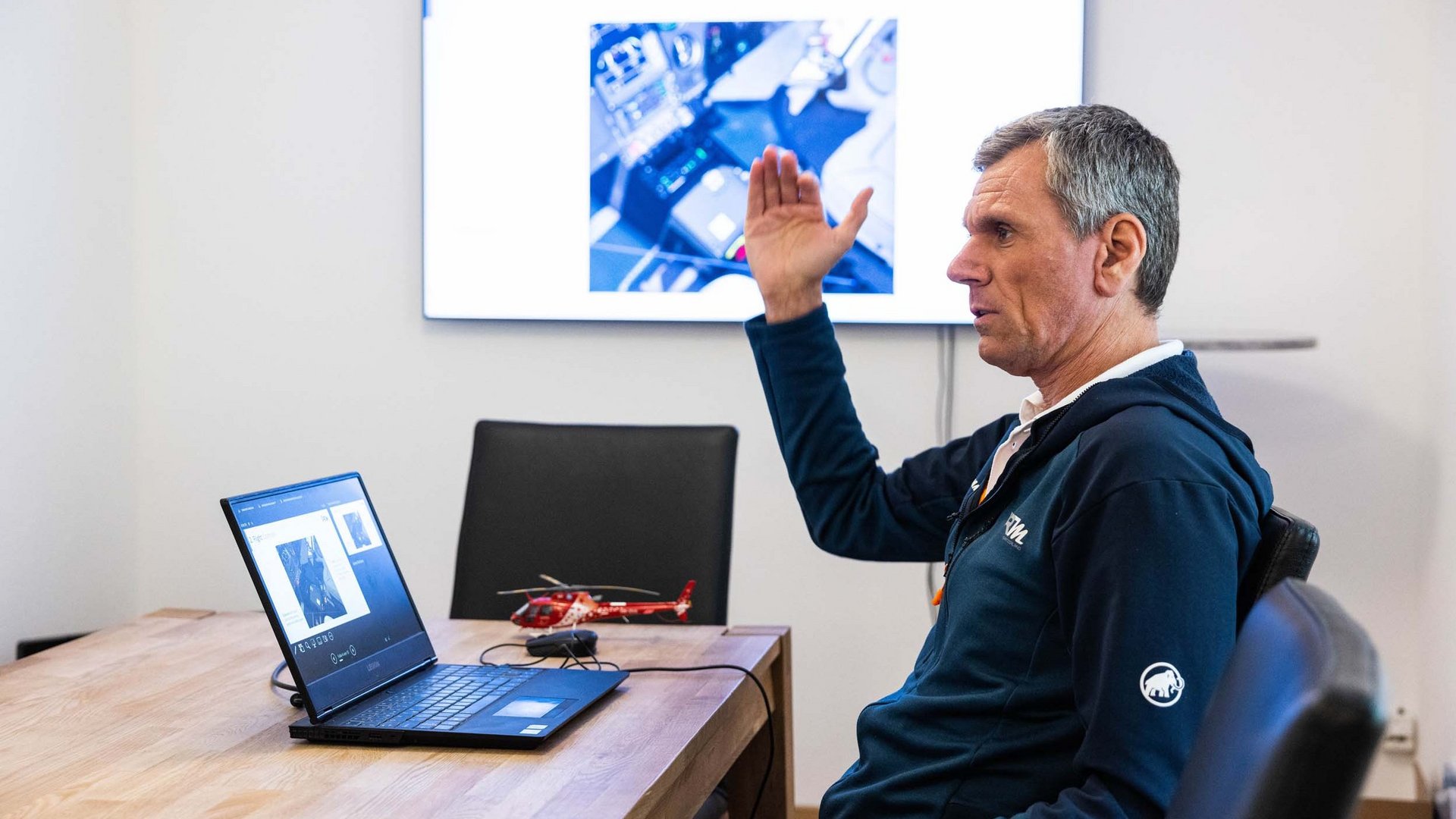Pilot Competencies
Foster your pilot competencies to handle every situation safely
Baseline
ICAO introduced in its Manual of Evidence-based Training (Doc 9995) core competencies with the aim to foster pilots to manage foreseen and un-foreseen situation safely by increasing the pilots‘ resilience. EASA defined the following nine core competencies which are today main pillars in airline pilot training:
Core competencies
Demonstrates knowledge and understanding of relevant information, operating instructions, aircraft systems and the operating environment.
Identifies and applies procedures in accordance with published operating instructions and applicable regulations.
Communicates through appropriate means in the operational environment, in both normal and non-normal situations.
Controls the aircraft flight path through automation, including appropriate use of flight management system(s) and flight guidance systems.
Controls the flight path through manual control.
Influences others to contribute to a shared purpose. Collaborates to accomplish the goals of the team
Identifies mitigates, problems, and makes decisions
Perceives, comprehends and manages information and anticipates its effect on the operation
Maintains available workload capacity by prioritising and distributing tasks using appropriate resources.
This perspective is also very useful to describe competencies of pilots in the helicopter industry.

Christoph Ammann
Airline Captain & Aviation Expert
Learning manoeuvres efficient and systematically (FPM, KNO, PRO)
The Loft Dynamics training devices are very suitable to learn, practice and apply manoeuvres safely and efficient with a learning systematic adapted to the trainees needs. This obtained competency is described in Flight path management-manual (FPM). An important skill of a helicopter pilot. As well application of knowledge (KNO) and application of procedures (PRO) contributes to the pilots‘ success.
Handling of difficult and non-normal situation
The Loft Dynamics training devices are predestined to foster such pilot competencies in manoeuvre and scenario based trainings because of the realistic simulation.
Malfunctions
Simulated in the helicopter: Many non-normal situations like engine failure, hydraulic failure, loss of tail rotor thrust can only be indicated in the right helicopter.
Real in the simulator: But in the simulator non-normal situations can be trained end checked in a rounded-up scenario based training including all pilot competencies and experiencing the event as it would occur in the real world.
Example - Engine failure:
As example engine failures are in the real helicopter trained and checked by just executing an autorotation manoeuvre with power recovery. In such an exercise is mainly the skill trained to execute an autorotation without touch down. In the simulator, the pilot experiences the real engine failure with all the perceptions and indications in the cockpit, probably with some previous indications which require already some actions. Then the pilot has to handle an autorotation, perhaps with the option of an engine restart. Or the pilot is confronted with a full touch down autorotation.
Building up confidence
With such realistic trainings in the Loft Dynamics training device, you can build up your confidence that you are able to handle the trained situations in reality. Do you have a situation, which you always wanted to try out and experience? Contact one of our training centre operators.
Christoph Ammann
Airline Captain & Aviation Expert


